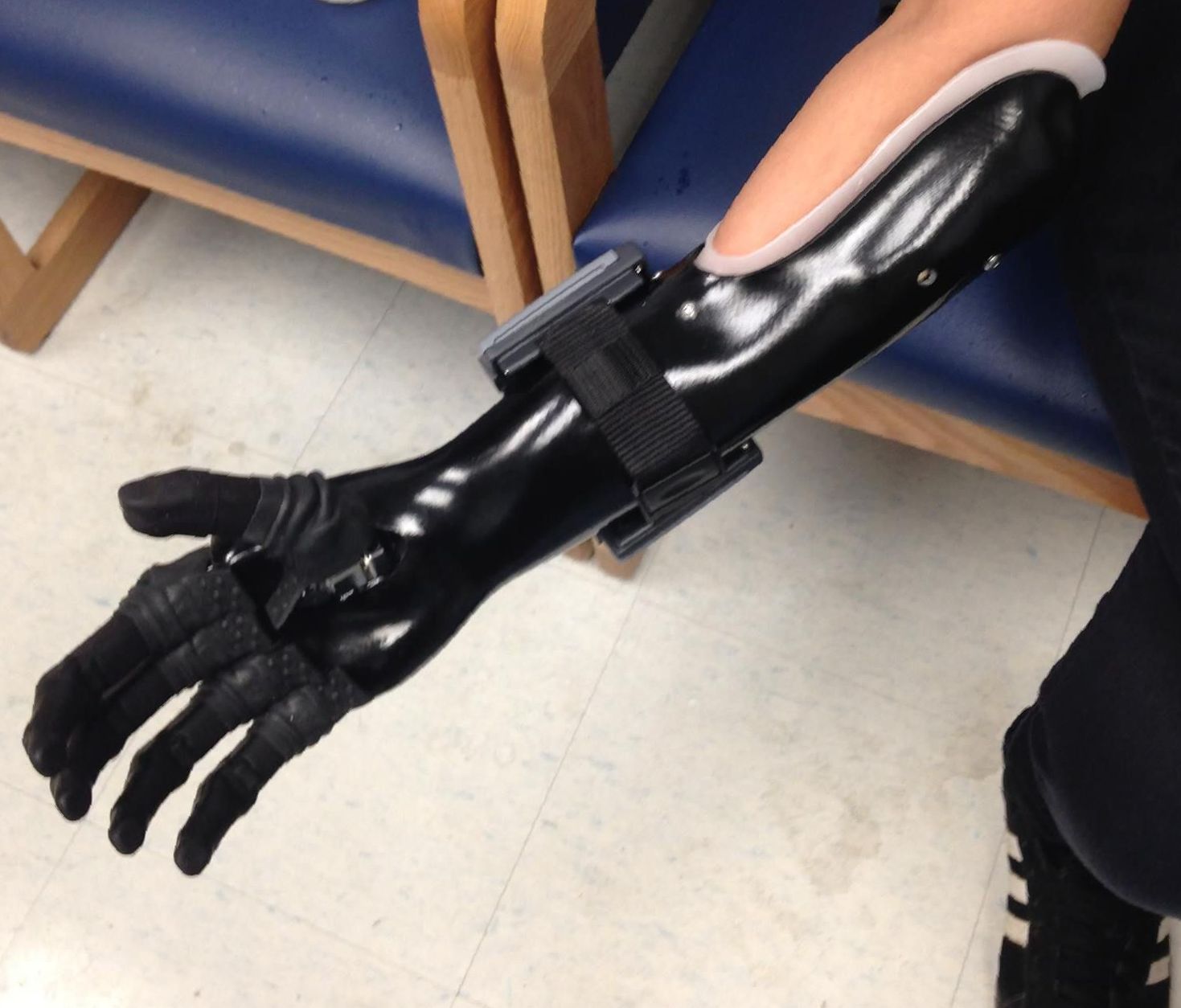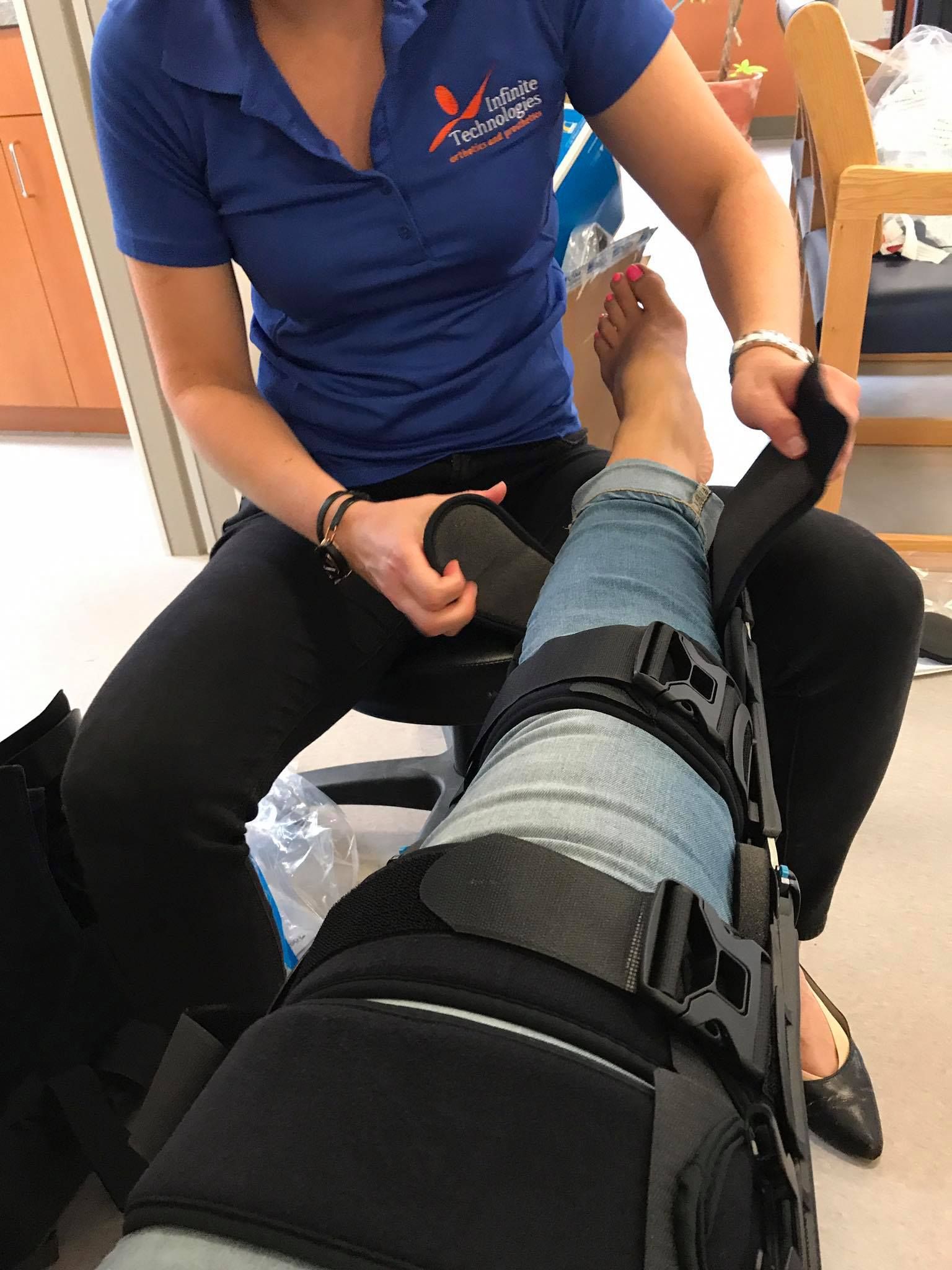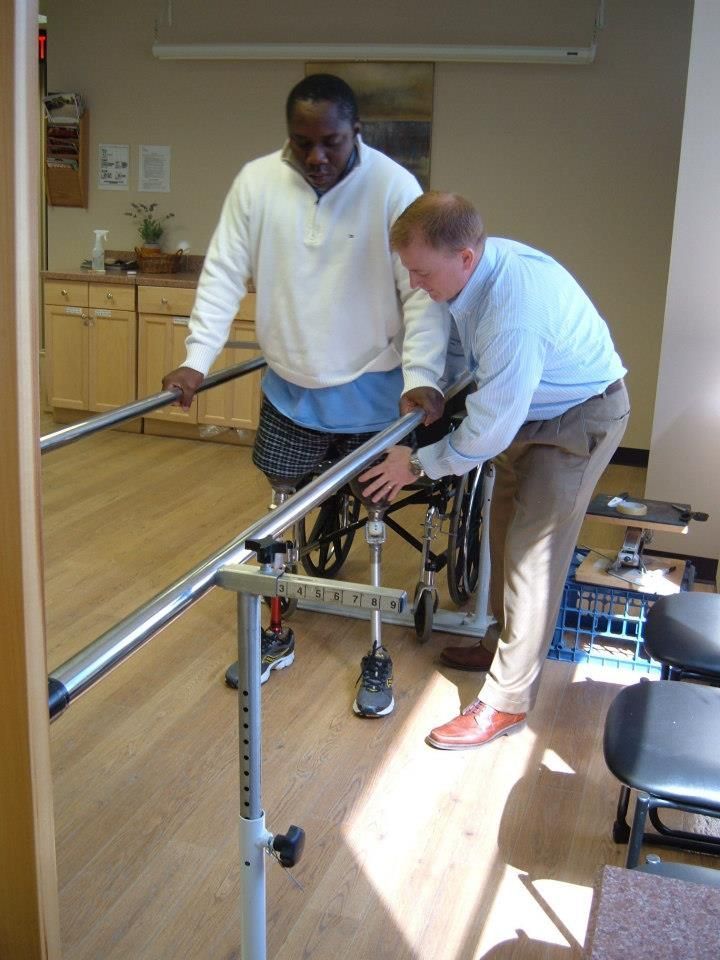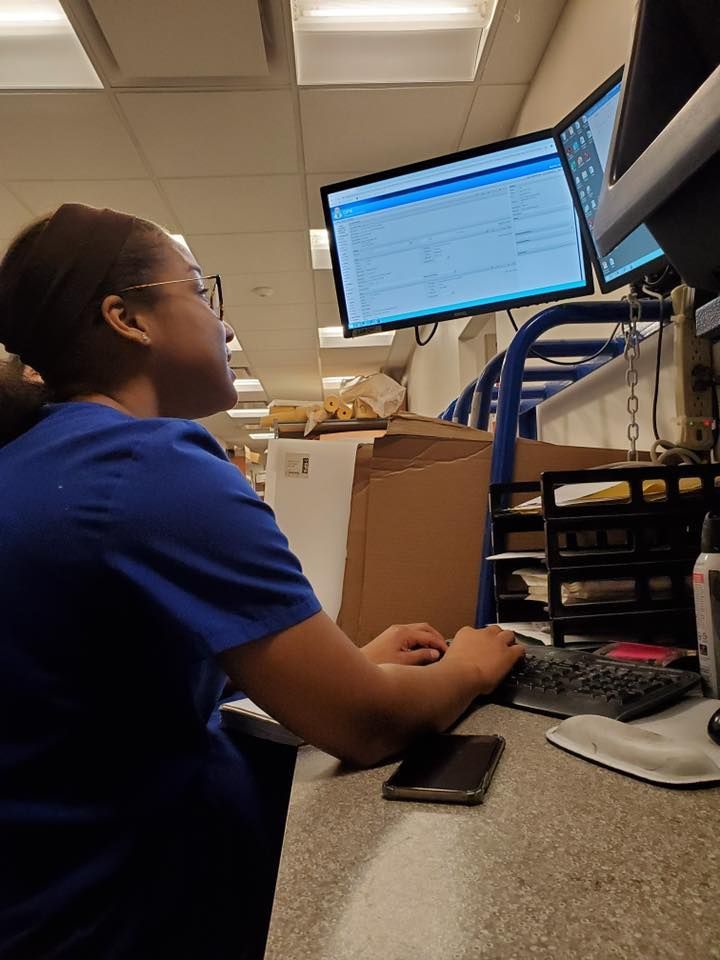What is Plagiocephaly?
Medical Dictionary Definition of Plagiocephaly:

(n) A medical condition occurring in infants; distinguished by the reshaped, flattened, or deformed appearance of the skull. It develops as a result of constant pressure being placed on one area of the thin and flexible skull of an infant. Can be corrected if treated early; techniques involving cranial molding often provide best results.
Types of Plagiocephaly:
Plagiocephaly can be divides into many categories based on head shape. Below are the two most common types.
Classic Plagiocephaly:
Single-side flattening on the back or front of the head. Characteristics include (but are not limited to):
- Parallelogram shaped head
- Ear asymmetry
- Pronounced cheek and forehead asymmetry
- Top of the head may be tilted
- Forehead may be angled
- Back of one side of head is flattened
- Abnormal length-width proportion
Brachycephaly:
A complete flattening of the entire back of the head. Characteristics Include (but are not limited to):
- Both quadrants of back of head are flat
- Minimal facial asymmetry
- Little or no ear asymmetry
- Shortened head length
- Apparent mostly from top and side
- Side bulges may be present
- Head may appear high and sloped
Less common is scaphocephaly (also known as dolichocephaly) where the head is disproportionately long and narrow. Scaphocephaly can occur from the premature fusion of the sigittal suture or from external deformation, and it is more common among infants born prematurely.
How Does Plagiocephaly Occur? – Plagiocephaly Causes
Every baby‘s head starts out too heavy for it to move well. Ever hear the saying, “He‘s all Head?” Well, to some degree, a baby‘s head is like a water balloon. Think about what happens when you place a water balloon on a hard surface, and then leave it in that same position for a long time. What if you added to the balloon?
A baby‘s head is moldable and time is a vital factor. When a baby is situated in such a way that his or her head is in contact with a hard surface for a lengthy amount of time, it will likely have a flattening effect. In this type of case, plagiocephaly is caused by external devices such beds, car seats and carriers. Other causes of plagiocephaly include:
- Preferential, supine sleep positioning as a cause of Plagiocephaly: Baby consistently sleeps on back with face up as opposed to the prone position, which is face down. This is a direct result of the Back to Sleep Campaign that launched in 1992. The campaign promotes the benefits of situating your child on his or her back to sleep in efforts to minimize the occurrence of Sudden Infant Death Syndrome (SIDS). In fact, the Back to Sleep Campaign has shown a tremendous amount of success and has decreased the SIDS rate in America by more than 50% (according to the American Academy of Pediatrics). Unfortunately, the primary side-affect of the Back to Sleep Campaign is plagiocephaly; with an incidence estimated at 1 in 25. plagiocephaly, flat head infants, faqs
- In-utero constriction- another cause of plagiocephaly: Pressure on the baby‘s head while in the womb which alters the infant‘s head shape. This is very common (especially in multiple births) and often corrects itself within 6 weeks after birth. However, some infant‘s head asymmetry persists. In this case, parents should be attentive to the possibility of plagiocephaly. plagiocephaly, flat head infants, faqs
- Torticollis or Hypotonia: Torticollis – a condition in which the neck is twisted and the head inclined to one side, caused by spasmodic contraction of muscles of the neck
- Hypotonia – a condition in which there is diminished or loss of muscular tone, resulting in the stretching of the muscles beyond their normal limits.
Children with torticollis or hypotonia have a higher incidence of plagiocephaly.
- Craniosynostosis: Premature fusion of the skull‘s sutures, causing and abnormal head shape through growth in one direction and abnormal growth at the suture closure.
In each of these cases (except for craniosynostosis) the expanding cranium begins to flatten on the contacted side due to gravity/counter pressure.
Being that the head is most moldable in the first 10 months, it is also the most susceptible to treatment during that time. Varying degrees of correction can occur until approx. 2 years of age. However, by the age of 18 months, the cranial shape of most children is essentially locked for life.
Secondary Effects Following the Initial Depression:
- Ear migration
- Forehead distortion and nasal deviation
- Cheek distortion
- Upper cranial vault asymmetry
If untreated, these symptoms are likely to become more severe. However, if managed early, each can be effectively treated and corrected with the KidCap.
Your Personal
Health Champions
Infinite Technologies Orthotics and Prosthetics is the premier orthotic and prosthetic facility in the Mid-Atlantic region providing inpatient and outpatient services, consults, and evaluations for adult and pediatric patients. Through our unique approach to comprehensive care, education and goal setting, we forge lifelong partnerships with our patients in their efforts to heal, while introducing them to the most innovative technologies for their individualized treatment.
Get Started With Infinite Technologies
Take the first step towards a life of improved mobility. Schedule your free consultation with our experts at Infinite Technologies and see the difference personalized care can make.
Request An Appointment




